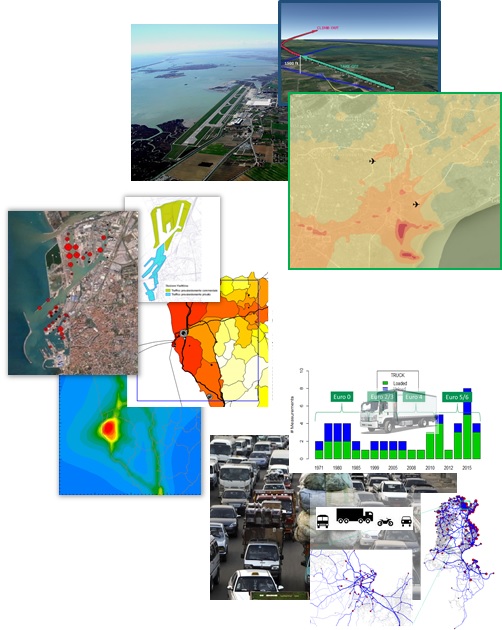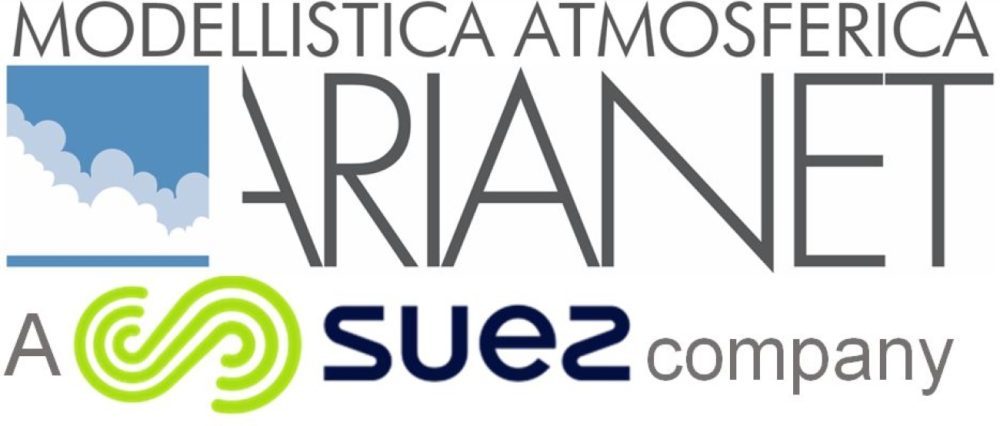Transport plays a crucial role in society and the economy. The quality of our lives depends on an efficient and accessible transportation system. At the same time, transport is one of the main sources of environmental pressures worldwide, contributing to climate change and air pollution. Transport infrastructure occupies large swathes of land and contributes to urban sprawl, habitat fragmentation, and soil sealing.
Transport continues to be a significant source of air pollution, especially in cities. Air pollutants, such as particulate matter (PM) and nitrogen dioxide (NO2), harm human health and the environment. Although air pollution from transport has decreased over the last decade due to the introduction of fuel quality standards, EURO vehicle emission standards, and the use of cleaner technologies, the concentrations of air pollutants are still too high.
Reducing the negative impacts of transportation is a major strategic goal. The primary areas of focus include promoting cleaner and more efficient modes of transport, employing more sustainable technologies, fuels, and infrastructures, and ensuring that the cost of transport fully reflects its negative impacts on the environment and health.
For this reason, ARIANET has always been dedicated to research, development, and the application of increasingly sophisticated modeling tools to estimate, control, and predict the contributions of transportation to local air quality.
For estimating road transport emissions, the TREFIC emission model, based on the European COPERT methodology, is available. The H2020 SESAR-CREATE project involves us in providing support for the tactical “green” optimization of aircraft trajectories in all phases of flight. Various systems for estimating and controlling the impact of maritime transport have been developed for Italy and globally.

